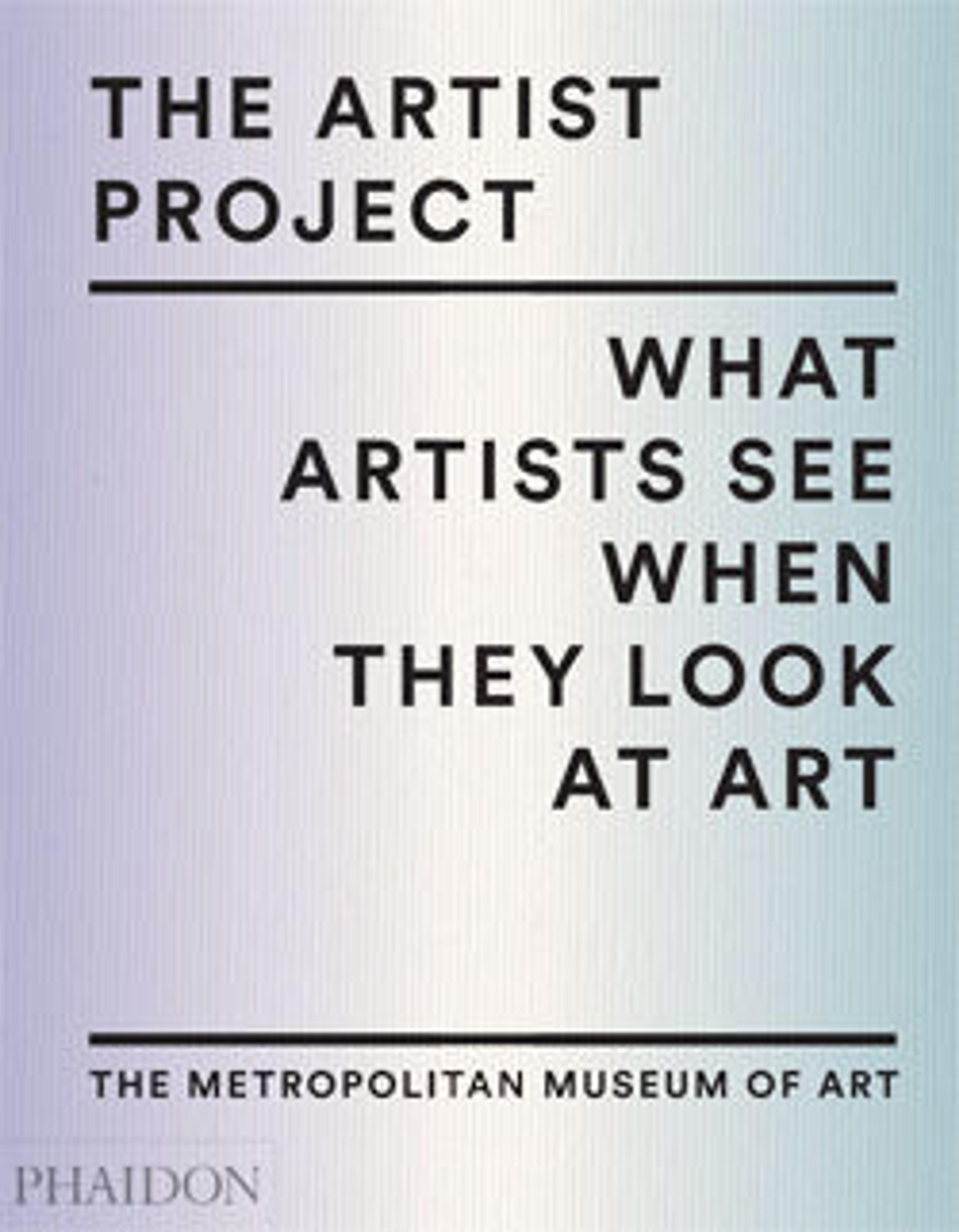Seeing is Believing
Shechet’s sculptures are simultaneously corporeal and sensual, absurd and disconcerting. Counter-intuitively, they extract kinetic effects from one of the most obdurate of materials, fired clay. Such works seem to slide and melt, twist and contort, in complete defiance of their medium. In so doing, they evoke fluidity and metamorphosis. As the artist said in a 2010 interview in Bomb magazine, "I try to stay close to [the original wetness of the clay], to create the finished piece so it has the information of its making. Even though it will forever remain the same, I want it to have a whisper of where it came from." Such is true of Shechet’s striking 2015 sculpture Seeing Is Believing. The latter consists of a three-dimensional maze composed of fired and glazed clay and a painted, welded steel stand, whose austerity and symmetry stand in deliberate contrast to the awkward, unruly form that rests on top of it. In Seeing Is Believing, Shechet has achieved a sense of porosity, hollowness, and permeability. For her, the work "breathes," allowing air to pass into, through, and out of it. To create the clay component, Shechet deployed nearly every method available to a ceramicist, all of which she approached in unconventional, even "incorrect" ways. Some of the work’s parts were thrown on a wheel, while others were coiled around a dowel and then wrapped over the core mass. Still others were cast from molds made of firebricks (or kiln bricks, typically used to line a kiln, not to create a sculpture itself) and later punctured. Shechet assembled her materials slowly, over a period of seven months, to give the clay time to dry and stiffen. Afterwards, she applied at least a dozen glazes to create a variety of surface effects, from pebbling to bubbling (processes she has referred to as "alchemical"), giving the work texture, color, and "puffiness." Throughout, Seeing Is Believing retains what is normally erased in the act of making: which is to say the artist’s labor. As Shechet once said, "Looking for what is overlooked is how I work. . . . what is overlooked is a lot of the stuff that gets thrown out—the screws, the casting things, all of those are part of my finished pieces. All the seam lines, all the marks, the numbers—all of that I find very beautiful and also thrilling, because it shows how these things were made. Not just the finished product, but the original thought that went into making them."[1] Besides recalling the types of cliched statements that have long fascinated Shechet, the title Seeing Is Believing speaks to the work’s overall incongruity. Its honeycomb shape, for instance, is so peculiar, so curious, it is literally unbelievable. To believe that it exists, one must literally see it. The title also speaks to the artist’s investment in visual knowledge: for Shechet, seeing is an avenue towards believing—that is, to new forms of knowledge.
[1] Arlene Shechet: Meissen Recast, New York, 2015, p. 157.
[1] Arlene Shechet: Meissen Recast, New York, 2015, p. 157.
Artwork Details
- Title:Seeing is Believing
- Artist:Arlene Shechet (American, born New York 1951)
- Date:2015
- Medium:Glazed ceramic, paint and steel
- Dimensions:59 1/8 × 22 × 25 in. (152.7 × 55.9 × 63.5 cm)
Weight: 246 lb. (111.6 kg) - Classification:Sculpture
- Credit Line:Purchase, The Modern Circle Gifts, 2016
- Object Number:2016.229a, b
- Rights and Reproduction:© Arlene Shechet
- Curatorial Department: Modern and Contemporary Art
More Artwork
Research Resources
The Met provides unparalleled resources for research and welcomes an international community of students and scholars. The Met's Open Access API is where creators and researchers can connect to the The Met collection. Open Access data and public domain images are available for unrestricted commercial and noncommercial use without permission or fee.
To request images under copyright and other restrictions, please use this Image Request form.
Feedback
We continue to research and examine historical and cultural context for objects in The Met collection. If you have comments or questions about this object record, please contact us using the form below. The Museum looks forward to receiving your comments.
